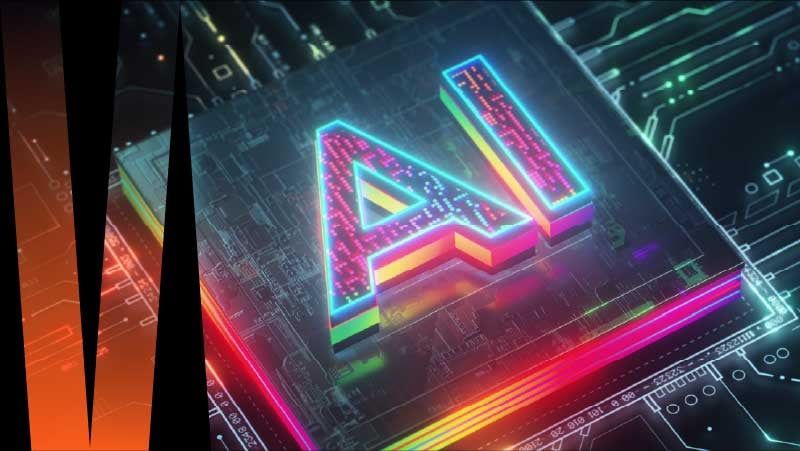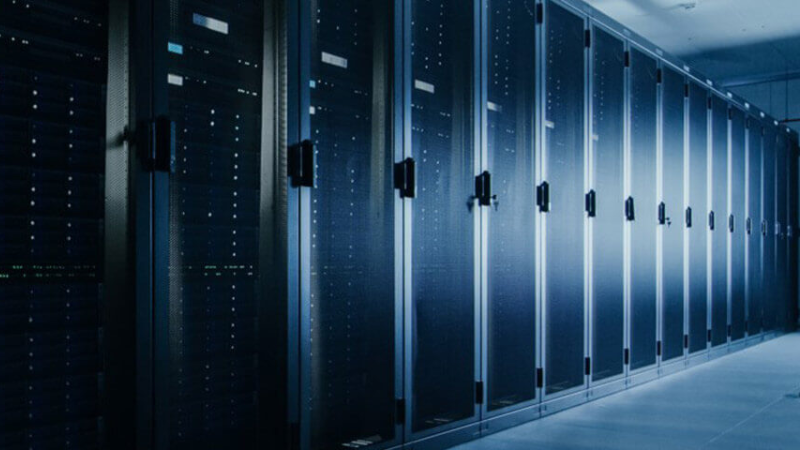If artificial intelligence is the brain of the digital era, then the data center is no longer just the skull protecting it. It's the nervous system processing input, triggering output, and enabling intelligent, responsive action. But as AI scales, so must the infrastructure behind it. The future is not just to compute, but to orchestrate it.
Over the last two years, the conversation around artificial intelligence has moved at an almost exponential pace. What was once speculative is now tangible, and what was niche is fast becoming mainstream. AI is no longer a capability. It’s a competitive advantage.
But for all the buzz about models, GPUs, and training cycles, there’s a deeper story at play, one that doesn’t make as many headlines but is foundational to everything else. The data center.
This is where the analogy needs to evolve. If AI is the brain of this digital revolution, the data center is its nervous system, but only when it acts as more than a passive container. It must sense, respond, adapt, and accelerate. Not in months. In milliseconds.
This is no longer about buildings with racks and cables. It’s about dynamic, intelligent ecosystems that orchestrate power, thermal, and compute in real time. And that changes everything.
Today’s data centers are not static environments. They are high-performance ecosystems. Environments where power, thermal, and compute converge intelligently and at scale.
At Vertiv, our approach is built around this convergence. We're not layering intelligence over legacy infrastructure. We’re re-architecting it for the AI era. Hybrid cooling strategies, modular power distribution through busbars, and embedded monitoring are all part of a larger design philosophy: build infrastructure that thinks, adapts, and scales like the technology it supports.
But this evolution isn’t just about technology. The analogy only holds when there’s real intelligence woven into the fabric of infrastructure. That’s why Vertiv continues to invest in AI-ready systems, built to support the speed, density, and dynamism of next-gen workloads. With digital twins, real-time telemetry, and AI-driven controls, the foundation is evolving to meet the intelligence it supports.
Recently, Vertiv powered Colosseum, one of the world’s largest NVIDIA DGX AI supercomputers, developed with NVIDIA and iGenius. Purpose-built for highly regulated sectors like finance and healthcare, Colosseum embodies sovereign AI, energy efficiency, and modularity. At its core lies Vertiv™ 360AI architecture, delivering integrated power and cooling at scale. Co-designed using NVIDIA Omniverse as a digital twin, Colosseum sets a new global benchmark for AI-ready infrastructure with unprecedented speed, precision, and scalability.
We believe data centers aren’t just enabling compute, they are the next unit of compute. This shift requires us to think of infrastructure not as static real estate, but as integrated systems engineered for performance, responsiveness, and adaptability.
That’s the direction Martin Olsen expands on in his GTC presentation, where he outlines how Vertiv is bringing together power, cooling, and controls to create infrastructure that mirrors the dynamism of the workloads it supports. His take on “the data center as the next unit of compute” isn’t just a vision, it’s a roadmap, showing how we move from facilities to ecosystems, from fixed to fluid.
As AI advances, so must its foundation. The question isn’t whether we can support AI at scale. It’s whether we can do it with intelligence. At Vertiv, we’re building that answer with clarity, conviction, and a belief that infrastructure should think as fast as it acts.






